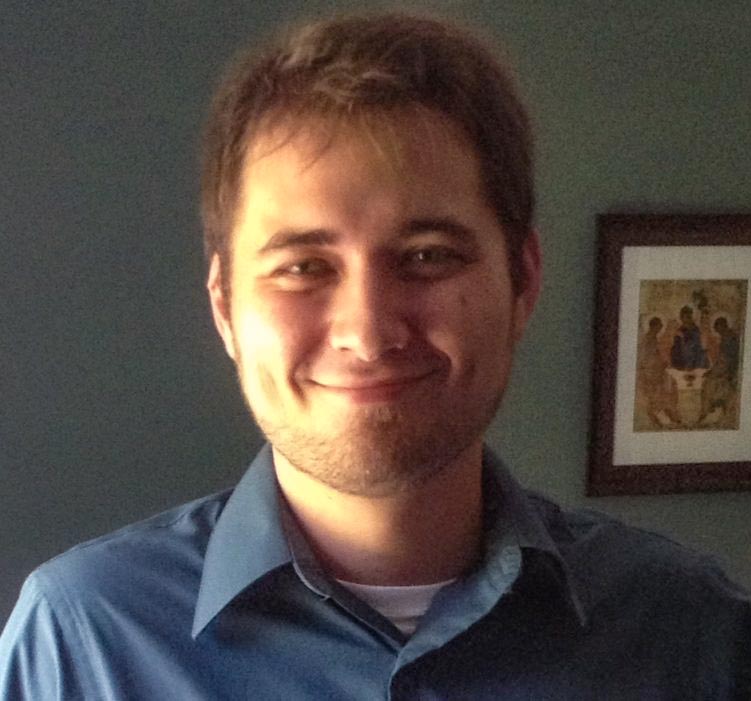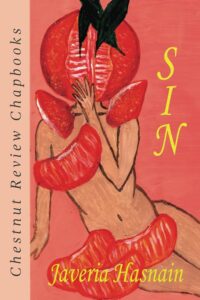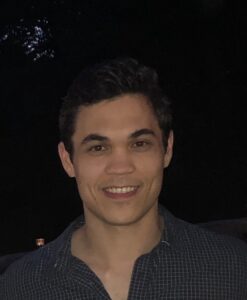Death, Art, and Writing
by Ryan Masters
March 20, 2017
The first working artist I ever met was a funeral director named Dan Mason. I worked as Dan’s apprentice at Diuguid Funeral Home for 6 months, and besides some tedious truths about the way people die in the Bible Belt, the only things I learned were the few things Dan taught me about the disciplines of an artist. There are hundreds of reasons a person shouldn’t be a writer, especially not a serious one, and many of these reasons are sound. So when I find myself drinking too much or seriously contemplating a life selling insurance, I remember what I learned from Dan, principles I work by as I endure the poverty and obscurity of my current condition.
Dan had a thick head and a quick, Southern tongue. When I came to work for him my head was a big, soft cloud, full of empty abstractions. I thought I knew something about life and about writing, and that all I lacked to become a serious writer was a little experience. A job that surrounded me with the gravitas of mourning, I thought, would really teach me the difference between books and literature. I aspired to life’s higher experiences.
But Dan had long ago shaken off the pretense of the profound. He had been a funeral director as long as I had been alive. Life, Death, Art—he capitalized none of them. They were “university words,” to him, and he suggested I go back there if they interested me so much. He left truth and the afterlife to Reverend Pillow and the other dreary Baptist preachers of our town.
Dan simply worked. Whatever was needed to move a family through their grief, he set his mind to doing these things well. Most of these things were boringly ordinary. He was careful to fold the sheets and tidy up after removing the deceased from its place of death. He always wore his suit jacket in the presence of the bereaved family. He used an incredibly difficult stitch to close the incision used to fish out the carotid artery during embalming, a stitch that, if done properly, made the spot disappear into an elderly body’s natural wrinkles.
His work was important not because of anything special about death, but simply because it was difficult and required a commitment that not many were willing to take seriously. For Dan, embalming was high science, cosmetizing a lost art. Through years of death-disfigured faces he had learned how to make any dead face imitate its living form. His proudest work was of a man whose jaw had disintegrated from oral cancer, whose face he had taken two days to restore with clay compound, cosmetics, wire, and whatever else he could find in the embalming room. He did this to replace the widow’s hideous last memories of her lover’s cancer-ridden face—its shocking absurdity of colors, its haunting disfigurement—with a face that hearkened back to a time when the man was healthy and alive. He even labored over the creases of the man’s new lip, used sand paper to give his clay chin a natural coarseness.
Some object to this function of art. Shouldn’t art reveal the truth, rather than conceal it? We are about confronting hard truths in their raw form: Death, Life, Decay, those sacred, capitalized words.
But think of that. The disordered image of a cancerous death restored to the delicate order of the living form. The mortician serves the memory of the bereaved the same way the literary writer serves the imagination of the reader. The writer takes words and characters that have gone cold dead from everyday use and gives them the aura of life. In the end the work is only an imitation of life, but what does that matter if the imagination experiences that work as living?
Finally, Dan knew the funeral was ultimately about the difficulty of being the living witness of a dead body. Especially if that body was beloved. This is why he obsessed over open caskets and said to hell with all the memorial jewelry the corporate office was pushing. He knew that the central issue of his art was the lost body, and that his job was to fix that body in a narrative that allowed it to be grieved by the bodies that had to go on living.
I first learned this truth in the context of fiction writing. It was from Flannery O’Connor, who wrote: “The type of mind that can understand good fiction is not necessarily the educated mind, but it is at all times the kind of mind that is willing to have its sense of mystery deepened by contact with reality.” The hard reality of the dead body has this in common with the realities of well-made fiction: it brings us into deeper contact with that all-consuming mystery of human life, namely that it matters and that it ends.
I remember the night the family of a teenager who hanged himself came in for their first viewing of the body. We didn’t have time to embalm, so Dan improvised. He set the features, which is industry parlance meaning to fix the eyes and mouth in positions of repose. He applied a little cosmetic, just to take the blue out of the lips and cheeks, and then tilted the head in such a way to hide the marks of the rope. Then he had us cover the boy with three long sheets that would obscure the metal table the boy’s body lay upon. Then he covered the boy in a thick blanket that he fished out of somewhere. That poor family was about to come into deep contact with reality. And though their boy was, in sheer cold fact, dead, Dan didn’t want the family to leave thinking he no longer mattered.
Dan and I never did really get along. I was a novice in the world of funeral directing, and I had no respect or patience for his craft at the time. It took me a while to grow up and to realize the vast difference between a man like that and a boy like myself. I was like one of those who are swept up into the romance of novel-writing each November. It was all very exciting, and then it began. I lasted 6 months.
When I moved on and set myself to the daily, hourly, grind of writing, I finally started to understand something about what was required to do good work: dedication, in lower-case.
ABOUT THE AUTHOR
Ryan Masters is an MFA in Creative Non-Fiction student at Washington University in St. Louis. His recent essay, “Unless a Kernal of Wheat Falls,” was published in Image and appears in the Notables section of this year’s Best American Essays series.






